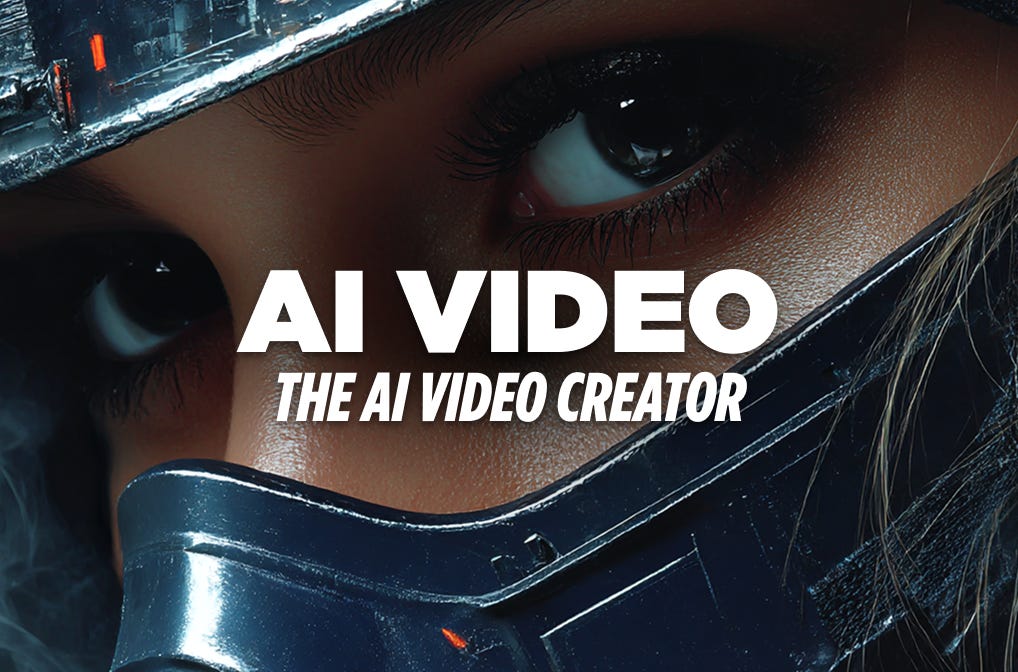Classic cinematic shot coverage techniques every AI filmmaker should know
Here’s how the pros do cinematic shot coverage, and why you should, too.
AI films are entering their teenage years: powerful, rebellious, sometimes awkward, but full of potential.
While tools like Runway, Pika, and Sora are getting better at rendering dynamic, high-resolution scenes, the real secret to making your AI film feel like cinema still lies in one thing: classic filmmaking discipline.
Scene coverage, the strategic use of different shots to tell a coherent and emotionally engaging story, is what separates your AI-generated visuals from looking like a demo reel and feeling like a movie.
Let’s walk through the essential shot types every AI filmmaker should master, and how each one adds weight to your story.
Establishing Shot
Two-Shot
Over-the-Shoulder
Close-Up
Action Shot
How to use these shots in AI Tools
The way you apply these classic shots depends on the capabilities of the AI tool you're using. Generally, there are two approaches:
If the tool includes a camera feature:
Great—this makes things simple. Just select the desired camera angle or shot type directly from the interface. Some platforms offer dropdowns, presets, or timeline tools to help you plan scene coverage more precisely.If the tool doesn’t support camera settings:
No problem. You’ll need to guide the AI through your prompt. Start by clearly specifying the shot type at the beginning—for example:
“Establishing shot of a ruined city at sunset” or “Over-the-shoulder view of a tense conversation in a neon-lit alley.”
Being intentional with your phrasing ensures the AI understands the framing and delivers more cinematic results.
Ok, let’s take a look at each shot.



